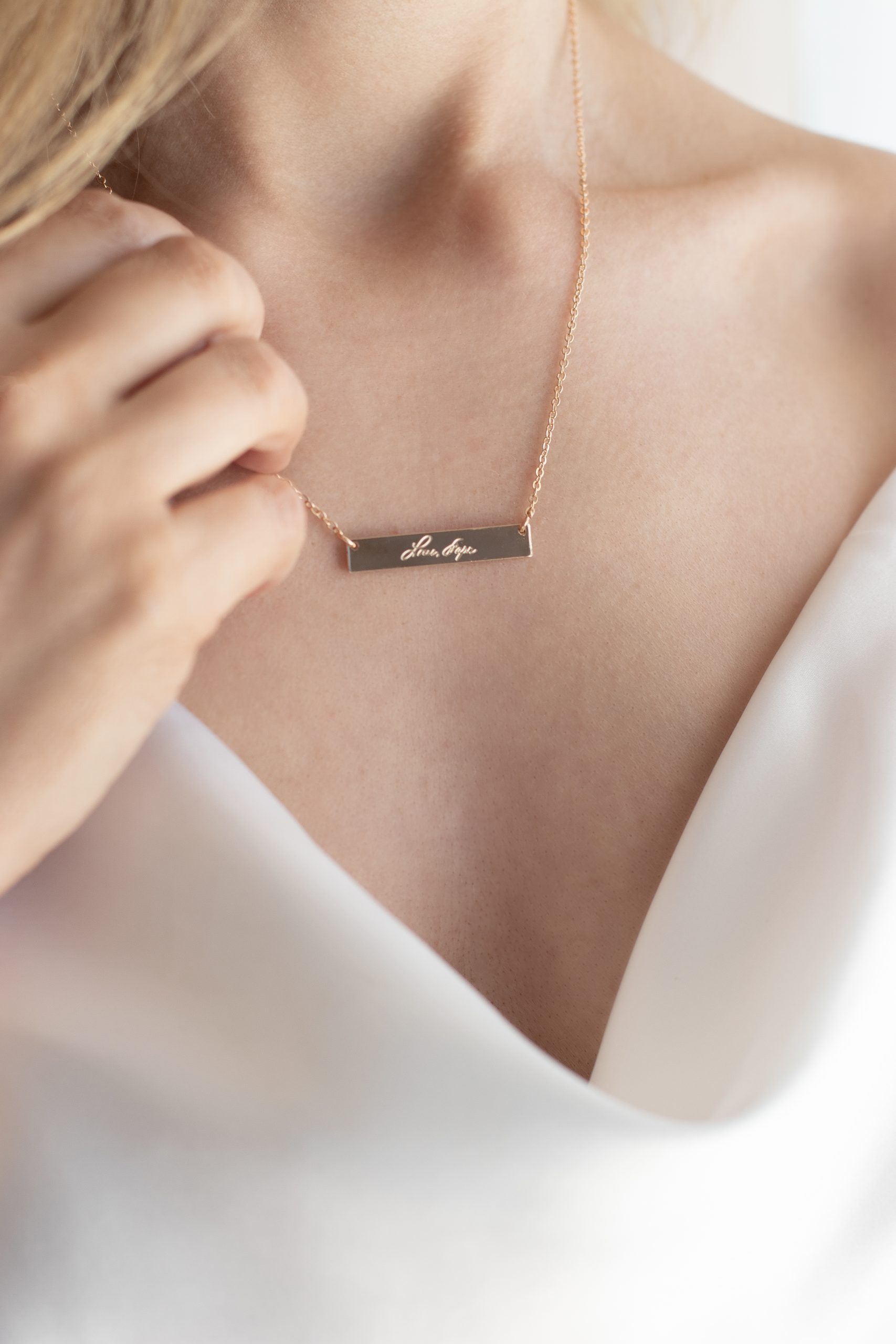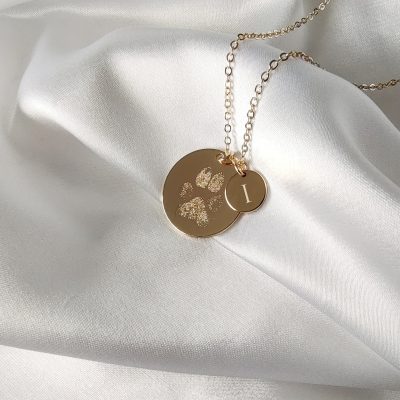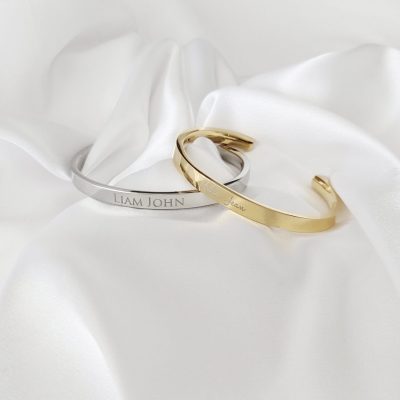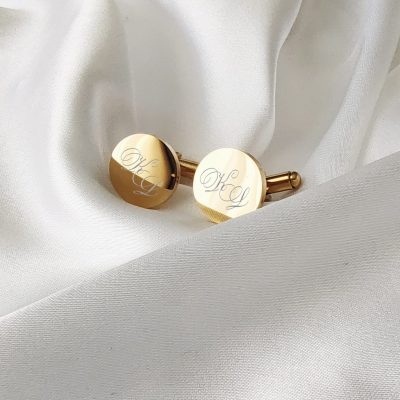Does Sterling Silver Tarnish?
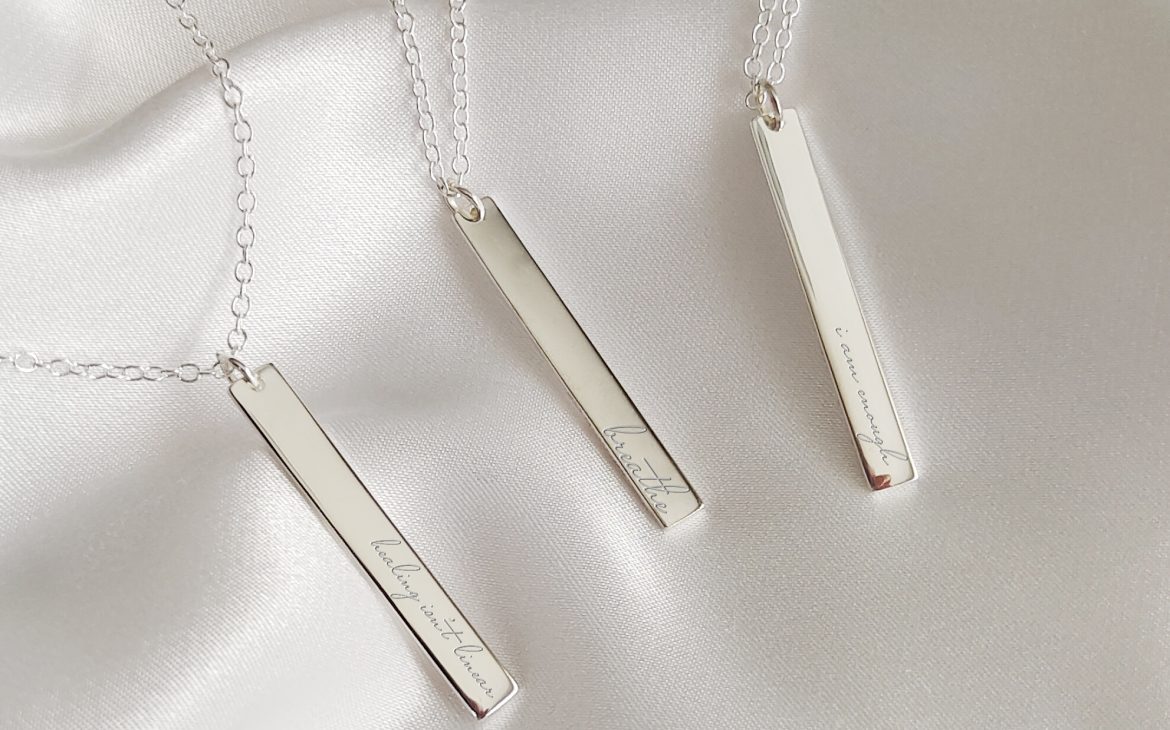
Origins
The origin of Sterling Silver begins in the 1100’s in France where an ‘Esterlin’ penny, believed to be 92.5% pure Silver, was used as currency in exchange for goods and services.
Skip forward almost 1,000 years and today silver artisans the world over work with Sterling Silver, following in the famous footsteps of Charles Lewis Tiffany of Tiffany and Co. and Sotirios Voulgaris of Bvlgari.
How to tell if Sterling Silver is real?
The simplest way to determine whether a piece is genuine Sterling Silver is to look for a ‘925’ stamp, referencing the purity of the metal.
Rubbing the metal can also determine whether it is real Sterling Silver or not, the cloth will turn black. However Sterling Silver is often plated for extra durability so this method is not always failsafe as you may in fact have a Solid Sterling piece that has been plated to protect it from tarnishing and oxidation.
Why is my Sterling Silver Tarnishing?
When metal is exposed to air it begins a natural chemical process called oxidisation. This oxidisation varies in effect, from rust on steel to tarnish on silver.
When silver combines with sulfur, naturally found in most of the air we breathe, the chemical reaction is silver sulfide, which is black. Therefore tarnish is a thin layer of silver sulfide on your sterling silver, rather than the metal breaking down or being stained as some would believe.
How long does Sterling Silver Jewellery Last?
Sterling Silver can last forever with the correct care, but it will begin tarnishing anywhere from 8 weeks to 5 years. There are simple ways to clean Sterling Silver and prevent tarnishing. It oxidises/ tarnishes when exposed to salty air, chlorine (pool water), humidity, some cosmetics, bleach and other astringent chemicals, so cleaning your pieces with gentle soap and a microfibre cloth can quickly and easily remove the tarnish.
Sterling Silver is 92.5% pure (hence the 925 stamp), meaning there is 7.5% of other metals present to give the metal durability so, depending on the acidity present in the skin which differs from person to person, these other metals are what cause the oxidisation, not the silver itself. Some would assume it would be easier to simply use 100% pure silver, however pure silver would be far too soft to use for jewellery, so other metals must be combined to give the jewellery some durability.
Sterling Silver is the least expensive of the precious metals and, as with all jewellery, the price point is indicative of what to expect as it does require some special care and maintenance.
Care and Maintenance
Take special care when:
- Cleaning
- Gardening
- Bathing
- Swimming in pools, spas and natural bodies of water (rivers, lakes and the ocean)
- Applying body lotions, haircare products, perfumes and cosmetics
- Exercising at the gym or during contact sports
- Preparing meals high in acidity (ie. pasta sauce)
Washing your jewellery with a gentle soap after these activities will prevent most of the tarnishing that can occur.
Storing your Sterling Silver in the Precious Hearts® microfibre pouch provided with your purchase will help prevent tarnishing, and using the polishing cloth once a month will keep your Sterling Silver pieces looking new for longer.


